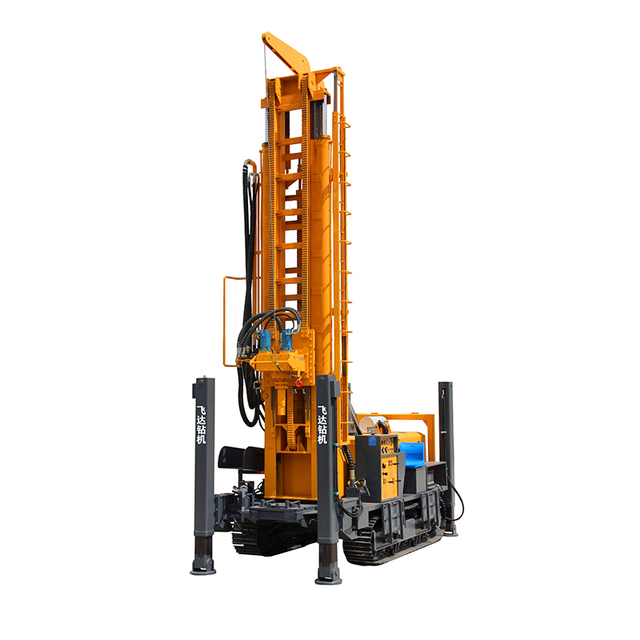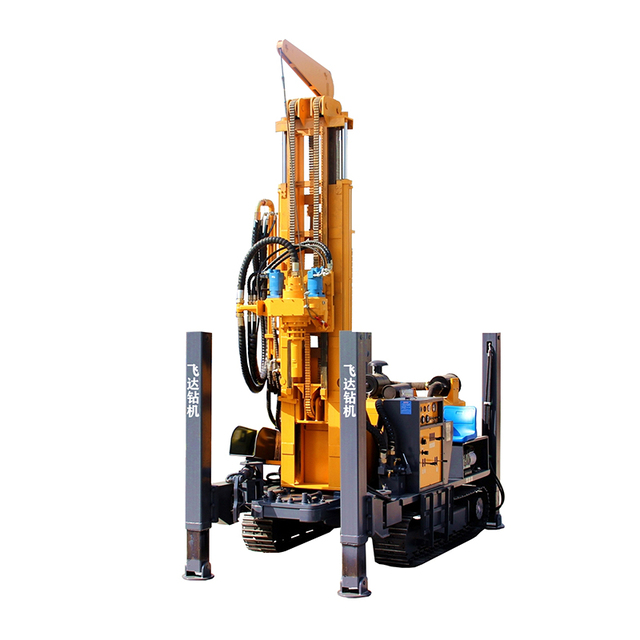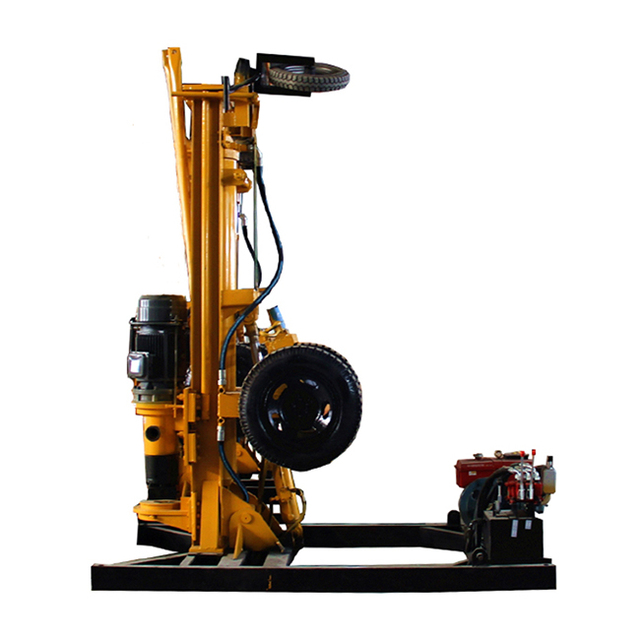how to drill a well for drinking water
When it comes to ensuring a stable source of fresh, clean drinking water, drilling a well is an excellent choice for your home. Not only can it provide an abundant supply of H2O for your clan, but it can also lead to some nice savings on your monthly water bills. Before proceeding, however, you should be aware of what the whole process entails and the necessary precautions needed for safety.
In order to find the most suitable location for drilling a well to obtain drinking water, it is important to determine the presence of an abundant water source in subsurface materials such as sandstone and limestone that is securely entrenched at least ten feet beneath the surface. Moreover, your chosen site should provide a steady supply of water and consistent yields across even the driest of seasons.
Upon identifying an ideal position for your operation, it’s important to be sure that the designated space is accessible. This means clearing away any shrubbery, stones, and trees to enable the drilling team to access your location without impediments. Additionally, it’s essential that the surface of the area itself be stable and stay at an even incline; this is to prevent any complications arising during the drilling process.
Whenever you’ve got the relevant patch cleared and prepared, you can initiate the process of obtaining permission from your local government. Filing paperwork and outlining the position of the well typically make up this process. And when you have the permit approved, you can commence drilling.
By employing a rotary drilling rig, most wells are typically bored into the ground. This gargantuan apparatus uses a rotating drill bit to penetrate the earth. Once this process is complete, a pump is connected to the drilling rig to draw the water up from the depths of the well. The boring process usually wraps up within a few days, though depending on the soil type and how far down it goes, that duration can occasionally be extended.
To avoid a crumbled well and anything unwanted getting in, a casing made of stainless steel or PVC is then inserted into the already-drilled well. This is a tubular structure designed to stand the test of time and preserve the well from corrosion or degeneration.
After the chamber encasing is established, you will have to affix a pump as well as additional components. This includes a pressure cylinder, check valves, and a filtration system to guarantee that the water is suitable for consumption.
After the well is completed, it is essential to conduct a thorough assessment of the water to guarantee that it is suitable for consumption. A specialist would commonly be involved in this process, taking samples and analyzing them to measure any chemical or bacterial elements as well as any other potential pollutants. Upon passing the tests, the water will finally be good to go.
Even though punching a hole in the Earth to get freshwater may seem difficult, with the correct preparation and precaution, it can be an effortless venture. Additionally, when armed with appropriate instruments and a dependable water source, you will gain access to healthy liquid for your kin.
Navigating the process of drilling a well for drinking water can be both intricate and time-consuming, however, it is a proven and viable means to obtain fresh and safe water for one’s home or enterprise. Therefore, in this article, genuine tips shall be offered in order to support those looking to successfully drill a reliable well for drinking water.
Uncovering the Depths – Investigating the Basics
Prior to commencing the activity of fabricating a well for potable water, it is essential to explore the environment and discover what regional legislation exists. This involves finding out if the locale is suitable for constructing a well, what kind of regulations or authorization is compulsory, and which sort of well is suitable for the atmosphere. It is also imperative to scope out the regional water table and discern the ground conditions that exist.
Second Step: Ready the Arena
Once your research is finished, you can get started with readying the space for drilling. Before beginning, take the time to clear the location of litter and detritus and even out the terrain. Additionally, confirm any and all essential utilities are up and running. Depending on the type of well employed during your project, you might also need to erect a retaining wall.
Choosing a Drill Approach
After assessing the type of soil and water table in the vicinity, it is time to opt for a drilling technique. Various options abound, such as rotary, cable, and percussion. All provide different advantages and come with their own drawbacks. Thus, it is necessary to pick the one that caters best to the conditions at hand.
Creating the Well: Step 4
Reaching the required depth calls for the commencement of drilling. Taking the chosen method into consideration, it is important to cautiously bore into the terrain and progress in an orderly fashion. If not done painstakingly, this activity could disrupt the nearby landscape. Thus, maintaining a uniform velocity and a steady trajectory while drilling is advisable for a successful venture.
Step Five – Incorporating the Pump
Having bored the well, the subsequent move is to mount the pump. This necessitates hooking up the pump to the dug-out source of water and then running the power supply to it. After the pump has been affixed, it is critical to evaluate its functioning to guarantee that everything is in working order.
Consistent Observation of Well Performance
Preserving the well is an ongoing effort that requires diligent monitoring and upkeep. To keep it functioning properly, one must routinely check the water for bacteria, attend to any necessary repairs, and preserve a record of the maintenance needed.
Constructing a well for obtaining pristine, uncontaminated water can be a drawn-out task, yet the dividends are invaluable. Your house or business will now reap the benefits of wholesome drinking water by following the steps indicated in this article which will certify your well is perpetually dependable.
-
 FY350 Water Well Drilling RigView More >
FY350 Water Well Drilling RigView More > -
 FY500 Water Well Drilling RigView More >
FY500 Water Well Drilling RigView More > -
 FY580 Water Well Drilling RigView More >
FY580 Water Well Drilling RigView More > -
 Diesel 12HP180View More >
Diesel 12HP180View More > -
 Electric 7000WView More >
Electric 7000WView More > -
 FY300 Water Well Drilling RigView More >
FY300 Water Well Drilling RigView More > -
 KQZ200D Shelf Drill Water Well Drilling RigView More >
KQZ200D Shelf Drill Water Well Drilling RigView More > -
 FY680 Water Well Drilling RigView More >
FY680 Water Well Drilling RigView More > -
 FY280 Water Well Drilling RigView More >
FY280 Water Well Drilling RigView More >
Warning: Use of undefined constant rand - assumed 'rand' (this will throw an Error in a future version of PHP) in /www/wwwroot/www.sunritawdr.com/wp-content/themes/msk5/single.php on line 65
-
do it yourself small water well drilling equipmen
-
how much does it cost to drill well water
-
how does water well drilling work
-
ayers well drilling
-
water well drilling south bend indiana
-
how do drill a water well
-
government grants and assistance for water well drilling
-
water well drilling company in oman
Warning: Use of undefined constant rand - assumed 'rand' (this will throw an Error in a future version of PHP) in /www/wwwroot/www.sunritawdr.com/wp-content/themes/msk5/single.php on line 123


